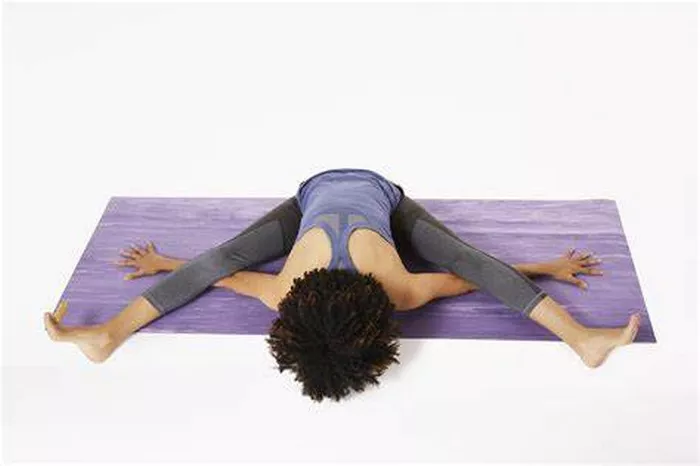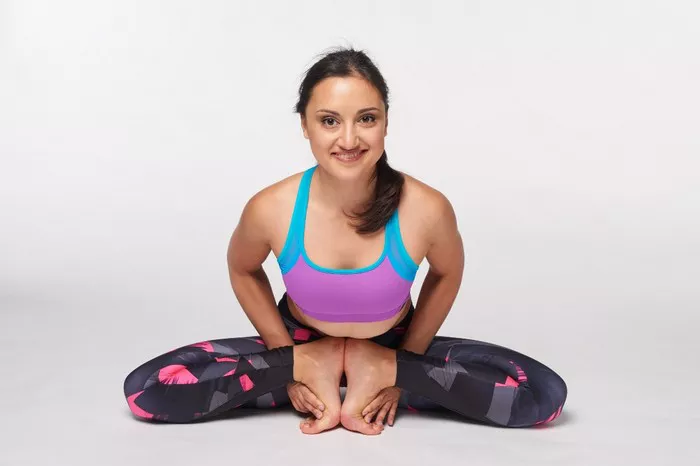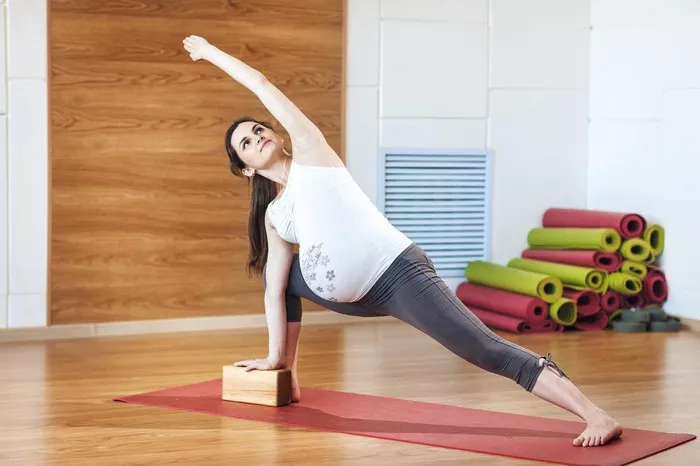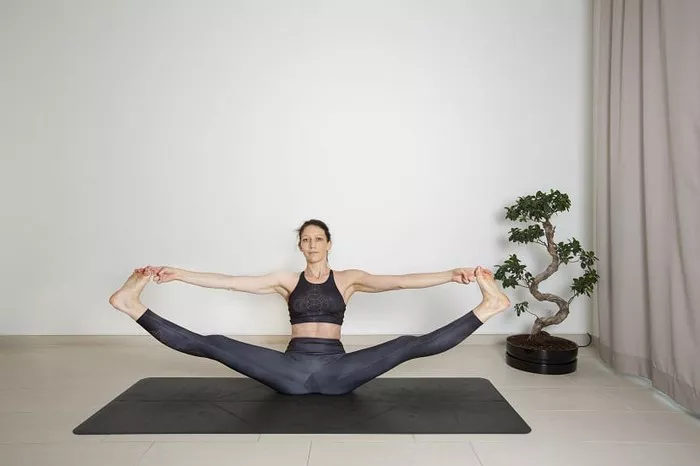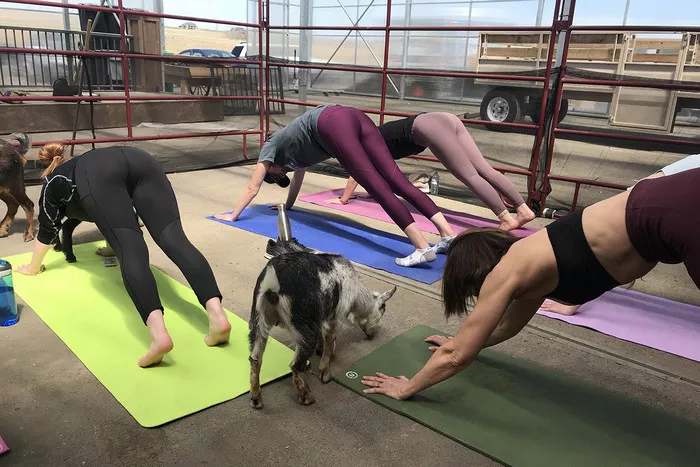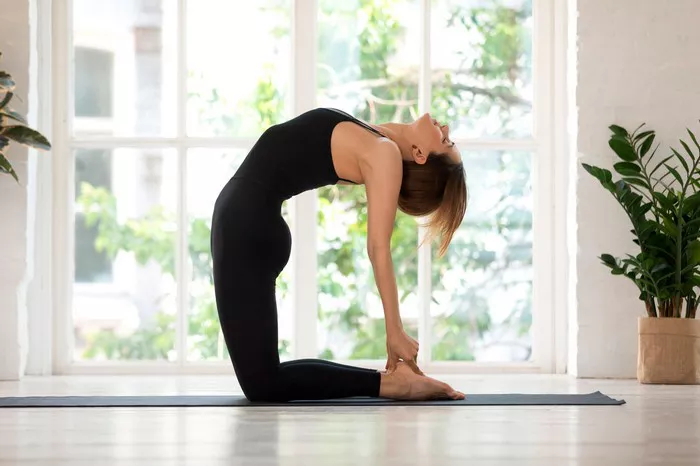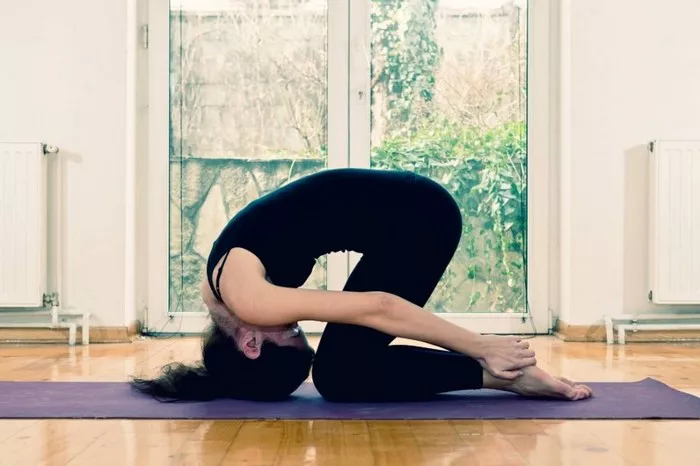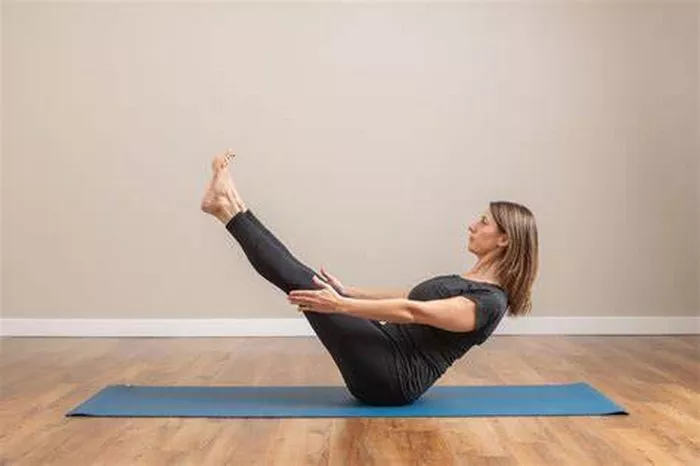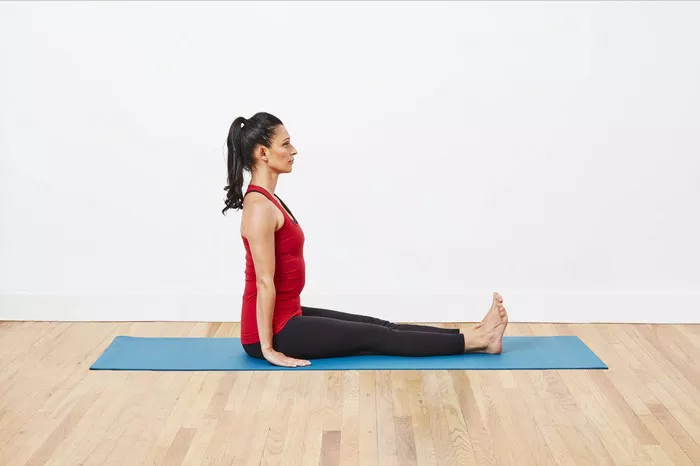Yoga is an ancient practice that promotes balance, strength, flexibility, and mindfulness. Among the many postures, there are a few that stand out for their unique combination of physical and mental benefits. Warrior 3 and Half Moon Pose are two such asanas that are often compared due to their similarities in stance and focus on balance. Both poses challenge the body’s stability and require concentration, but each serves its purpose in different ways.
In this article, we will explore the key differences between Warrior 3 and Half Moon Pose, diving into their individual characteristics, benefits, and how they affect the body and mind. By the end, you’ll have a better understanding of when and why to incorporate these poses into your yoga practice.
Understanding Warrior 3 Pose
Warrior 3, known as Virabhadrasana III in Sanskrit, is a standing balance pose that strengthens the entire body while challenging your focus. This pose is named after Virabhadra, a warrior in Hindu mythology, symbolizing strength, focus, and determination. Warrior 3 is a pose that requires both strength and grace, making it a valuable addition to any yoga practice.
How to Perform Warrior 3 Pose
- Start in a standing position with your feet hip-width apart, grounding them firmly into the mat.
- Engage your core by drawing your navel toward your spine.
- Shift your weight onto your left foot, keeping a slight bend in your knee to start.
- Lift your right leg straight behind you, keeping it level with the floor. Your toes should point downward.
- As you lift your leg, extend your torso forward, bringing your body into a straight line from your head to your lifted foot.
- Keep your arms extended forward, palms facing each other, or place them by your sides for better balance.
- Hold the pose for 5-10 breaths, focusing on maintaining balance and engaging your core.
- To come out of the pose, slowly lower your leg and return to a standing position.
Key Benefits of Warrior 3 Pose
Strengthens the Core and Legs: Warrior 3 engages the muscles in the abdomen, thighs, and glutes, helping to build overall strength in the lower body and core.
Improves Balance and Stability: The pose requires you to stabilize your body on one leg, which builds balance, coordination, and mental focus.
Enhances Posture: By aligning the body into a straight line, Warrior 3 encourages proper posture, helping to strengthen the muscles that support the spine.
Boosts Concentration: The challenge of balancing while maintaining a steady gaze helps to sharpen concentration and mental clarity.
Opens the Hips and Chest: The extended body position opens the hips and chest, improving flexibility in these areas.
Muscles Targeted in Warrior 3 Pose
Warrior 3 works many muscles, including:
- Quadriceps
- Hamstrings
- Glutes
- Core muscles (abs and obliques)
- Lower back muscles
- Shoulders and arms (if extended)
Understanding Half Moon Pose
Half Moon Pose, known as Ardha Chandrasana in Sanskrit, is another standing balance posture that involves a similar stance to Warrior 3 but with some distinct differences. The pose is named after the moon (Chandra), symbolizing calmness, clarity, and peaceful energy. Half Moon Pose offers a more open twist, focusing on balance, strength, and flexibility in the lower body and torso.
How to Perform Half Moon Pose
- Start in Warrior 2 position with your feet wide apart, front foot facing forward, and back foot at a slight angle.
- Engage your core and straighten your front leg, bringing your weight into your front foot.
- Shift your weight onto the front foot, and bring your back leg parallel to the floor as you simultaneously lift your torso to a vertical position.
- As you shift your weight, extend your left hand to the ground (or place a block under your hand for support), keeping your right arm reaching toward the sky.
- Stack your hips by rotating them so that your body is in a straight line, with the front and back of your body facing forward.
- Gaze upward toward your right hand, or if you prefer, you can keep your gaze directed downward to maintain balance.
- Hold the pose for several breaths before returning to Warrior 2 and repeating on the other side.
Key Benefits of Half Moon Pose
Strengthens the Core and Legs: Like Warrior 3, Half Moon strengthens the core, thighs, and glutes, while also engaging the obliques for improved balance.
Improves Flexibility: The posture requires deep engagement of the hips and torso, leading to increased flexibility in the hip flexors and spine.
Opens the Chest and Shoulders: As you extend your arms, the pose encourages opening in the chest and shoulders, improving posture and mobility in the upper body.
Enhances Balance and Focus: Balancing on one leg while keeping the body open and extended requires focus, stability, and awareness.
Strengthens the Ankles: The pose strengthens the ankles by requiring them to support your body weight while you balance.
Muscles Targeted in Half Moon Pose
Half Moon targets:
- Quadriceps
- Hamstrings
- Glutes
- Core (especially obliques)
- Shoulders
- Spinal muscles
- Hip flexors
- Ankle stabilizers
Key Differences Between Warrior 3 and Half Moon Pose
At first glance, Warrior 3 and Half Moon Pose may seem quite similar because both require balance, strength, and core engagement. However, there are some important distinctions between the two.
1. Body Positioning
In Warrior 3, your body is extended into a straight line from head to toe, creating a long, horizontal posture. The torso tilts forward as the lifted leg moves straight behind you, and the arms extend forward or alongside your body. This position emphasizes full-body engagement, particularly in the core and glutes.
In contrast, Half Moon Pose involves a more open body position. While the body is still balancing on one leg, the torso is rotated toward the side with the lifted arm reaching toward the sky. This creates a more lateral shape, with the hips stacked and the chest open. The gaze is typically directed upward, which contrasts with the steady focus of Warrior 3, where the gaze is often directed toward the floor or forward.
2. Hip and Torso Engagement
Warrior 3 emphasizes a neutral pelvis and torso alignment, with the body and leg forming a straight line. The hips are kept square, and the core must engage strongly to maintain this alignment.
On the other hand, Half Moon involves a slight rotation of the torso and hips. The pose requires you to open the hip of the lifted leg while keeping the pelvis aligned with the floor. This rotation helps improve flexibility in the torso and hip area and also engages different stabilizing muscles in the lower back and obliques.
3. Hand Placement
In Warrior 3, the hands are usually extended forward, creating an active, straight line from the fingertips to the lifted foot. This extension helps to engage the shoulders and arms while also improving balance.
In Half Moon, one hand reaches for the floor (or a block), while the other arm extends upward. This creates a more dynamic opening in the chest and shoulders, while the body’s alignment encourages a greater stretch in the side body.
4. Level of Intensity
While both Warrior 3 and Half Moon are challenging poses, Half Moon generally requires more flexibility and rotation, particularly in the hips and torso. The open twist demands greater mobility in the spine, shoulders, and hips, whereas Warrior 3 places more emphasis on strength, stability, and balance. In Half Moon, the body’s lateral orientation can make it more accessible for beginners, as it offers more room to explore the pose without the same level of intensity as Warrior 3’s forward tilt.
5. Mental Focus and Energy
Both poses demand a high level of mental concentration and presence, but the energy in each pose is slightly different. Warrior 3 focuses on a forward, intense energy that encourages strength, perseverance, and discipline. The steady gaze and straight line of the body contribute to a sense of focus and determination.
Half Moon, by contrast, invites more openness and flexibility. The upward-reaching arm, open chest, and side-body stretch bring a sense of expansion, creating a more fluid, graceful energy. The pose promotes a sense of balance and calm while still requiring concentration.
When to Use Each Pose
Both Warrior 3 and Half Moon are excellent poses for building strength, flexibility, and balance. However, their distinct qualities make them more suitable for different aspects of a yoga practice.
Warrior 3 is ideal when focusing on building leg strength, improving posture, and working on balance. It is great for creating a sense of power and concentration, making it a perfect addition to standing sequences or strength-based practices.
Half Moon Pose is better suited for enhancing flexibility, especially in the hips and torso. It is a fantastic option for those looking to stretch and open the body while still working on balance. The lateral nature of the pose makes it a wonderful counterpose to forward bends or poses that emphasize forward flexion.
Conclusion
Both Warrior 3 and Half Moon Pose offer unique benefits and challenges to your yoga practice. While they share some similarities in terms of balance and core engagement, their key differences in body positioning, hip engagement, and overall energy make them complementary to one another. Warrior 3 builds strength, stability, and focus, while Half Moon offers flexibility, openness, and fluidity. By incorporating both poses into your practice, you can achieve a more well-rounded yoga experience, enhancing your strength, balance, and flexibility while cultivating mindfulness and concentration.
So, whether you are aiming to strengthen your body, improve your posture, or deepen your flexibility, both Warrior 3 and Half Moon Pose are essential tools in your yoga toolkit.
Related Topics:

